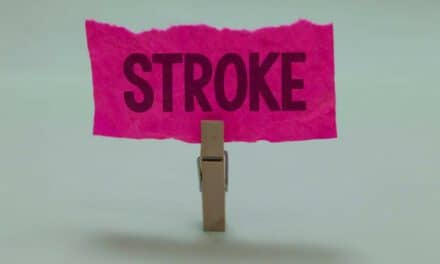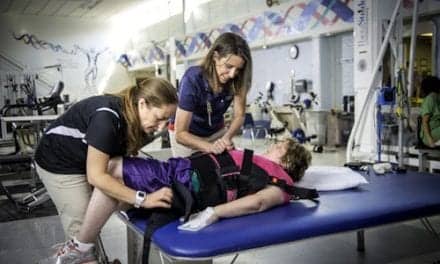According to a scientific statement from the American Heart Association (AHA) and the American Stroke Association (ASA), exercise prescriptions should be a part of post-stroke care as it may significantly reduce disability and the risk of recurrent stroke in survivors. The statement suggests that stroke survivors should be prescribed exercise because they experience physical deconditioning and lead inactive lifestyles after stroke, which can decrease their ability to perform daily living activities and increase the risk of a subsequent stroke.
Sandra A. Billinger, PT, PhD, lead author of the statement, says, “There is strong evidence that physical activity and exercise after stroke can improve cardiovascular fitness, walking ability, and upper arm strength. In addition, emerging research suggests exercise may improve depressive symptoms, cognitive function, memory, and quality of life after stroke.” Billinger adds, however, that, “Few healthcare professionals prescribe exercise as a form of therapy for stroke. We don’t have a system in place to help stroke patients feel comfortable with exercise.”
The statement recommends that survivors exercise at least 3 days per week for 20 to 60 minutes, but that can vary based on their individual functional capacity. The scientific statement also recommends tailoring exercise prescriptions to patient tolerance and the stage of recovery and using rehabilitation programs that incorporate strength training, aerobic exercise, flexibility, and balance, as well as initiating an exercise-training program when patients are medically stable.
In addition, Billinger says that simple activities that slowly build strength and endurance, such as household chores, add up and can make a difference. Billinger states, “We as healthcare providers need to help stroke patients develop the skills and confidence they need to begin and maintain an exercise program that includes aerobic exercise and strength training as part of their stroke care.”
[Source: American Heart Association]





